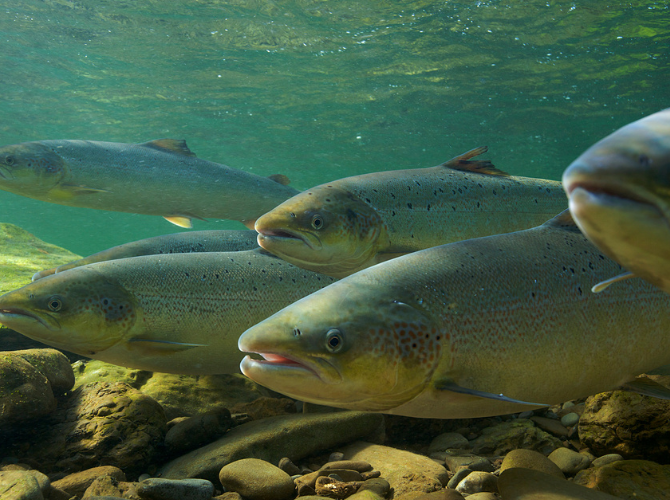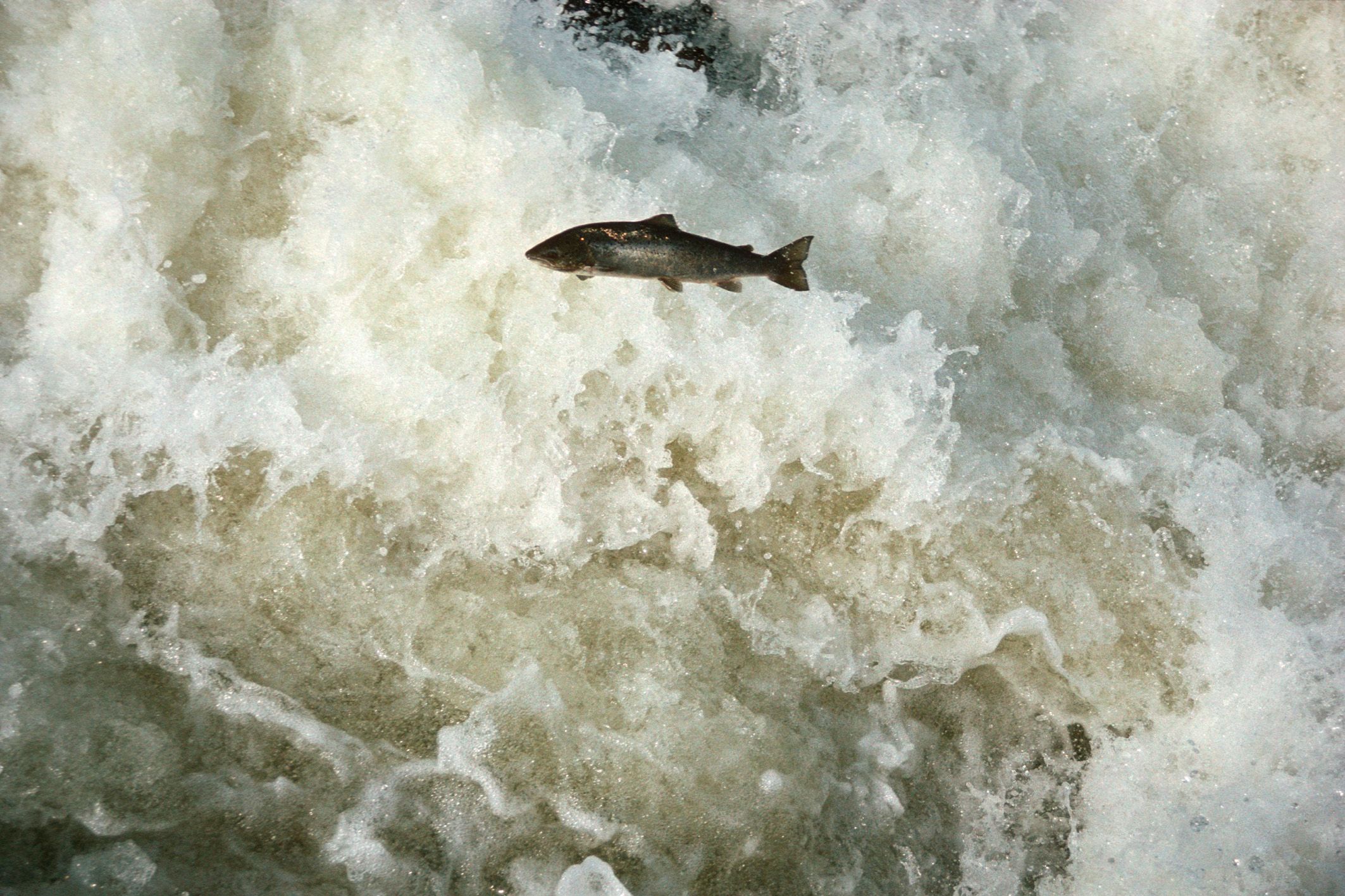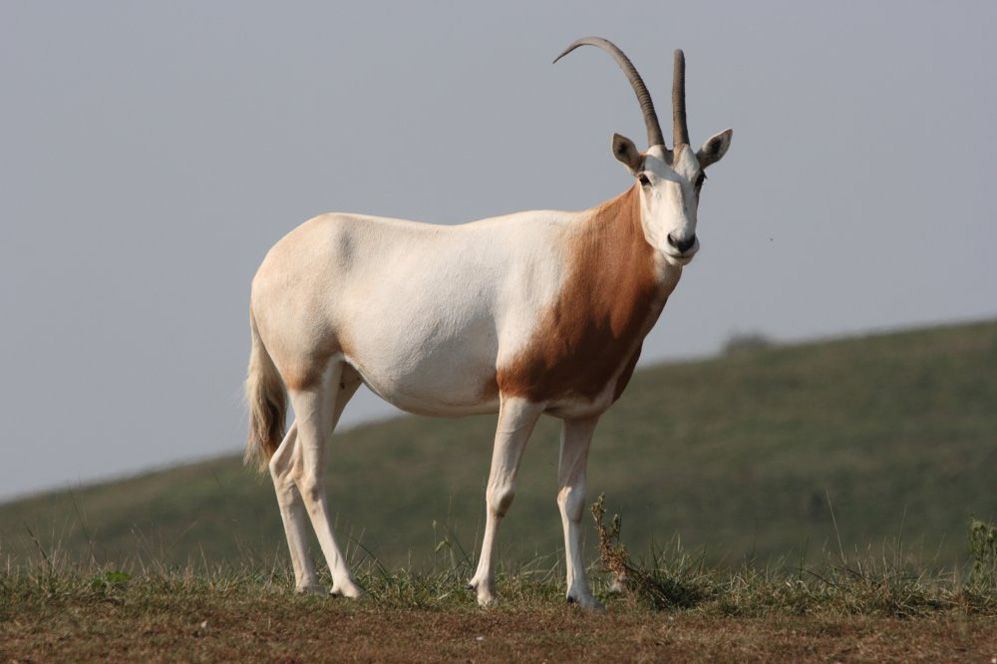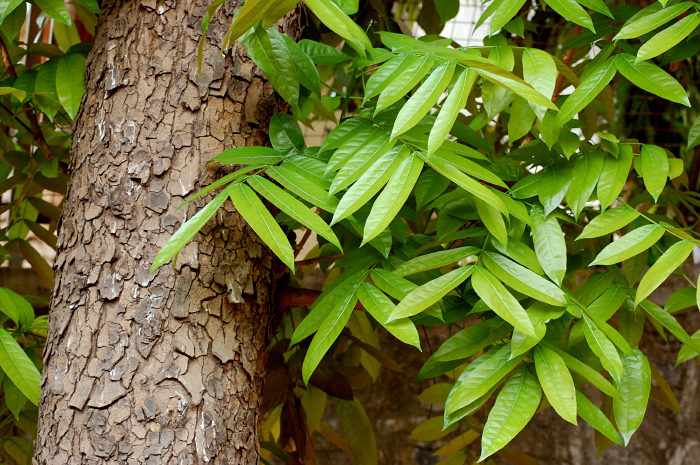IUCN Red List says freshwater fish highlights escalating climate impact on species
At the ongoing COP28 UN climate conference in the United Arab Emirates, the International Union for Conservation of Nature (IUCN) has released its latest update to the IUCN Red List, which includes the first global freshwater fish assessment.
The update also highlights the impact of illegal logging and trade on mahogany. On the positive side, the IUCN says that even though conservation efforts have successfully brought two antelope species back from the brink of extinction, but changing climatic conditions could undermine their future.
It adds that the IUCN Red List now includes 157,190 species, of which 44,016 are threatened with extinction.
“Climate change is menacing the diversity of life our planet harbours, and undermining nature’s capacity to meet basic human needs. This IUCN Red List update highlights the strong links between the climate and biodiversity crises, which must be tackled jointly. Species declines are an example of the havoc being wreaked by climate change, which we have the power to stop with urgent, ambitious action to keep warming below 1.5°C,” says Grethel Aguilar, IUCN Director General.
“Today’s update to the IUCN Red List shows the power of coordinated local, national and international conservation efforts. Success stories such as that of the scimitar horned oryx show that conversation works. To ensure the results of conservation action are durable, we need to decisively tackle the interlinked climate and biodiversity crises,” says IUCN President Razan Al Mubarak.
State of the world’s freshwater fish species
In a press statement, IUCN says that today’s update completes the first comprehensive assessment of the world’s freshwater fish species, revealing that 25 pc or 3,086 out of 14,898 assessed species, are at risk of extinction. It adds that at least 17 pc of threatened freshwater fish species are affected by climate change, including decreasing water levels, rising sea levels causing seawater to move up rivers, and shifting seasons.
IUCN cautions that this compounds threats from pollution, which impacts 57 pc of freshwater fish species at risk of extinction, dams and water extraction, which affect 45 pc overfishing, which threatens 25 pc, and invasive species and disease, which harm 33 pc. It says that for example, the large-toothed Lake Turkana robber or Brycinus ferox, an economically important species in Kenya, has moved from Least Concern to Vulnerable on the IUCN Red List, due to overfishing, climate-change driven habitat degradation and dams reducing freshwater entering the lake.
“Freshwater fishes make up more than half of the world’s known fish species, an incomprehensible diversity given that freshwater ecosystems comprise only 1 pc of aquatic habitat. These diverse species are integral to the ecosystem, and vital to its resilience. This is essential to the billions of people who rely upon freshwater ecosystems, and the millions of people who rely on their fisheries. Ensuring freshwater ecosystems are well managed, remain free-flowing with sufficient water, and good water quality is essential to stop species declines and maintain food security, livelihoods and economies in a climate resilient world,” says Kathy Hughes, Co-Chair of the IUCN SSC Freshwater Fish Specialist Group.
The Atlantic salmon, with its scientific name Salmo salar, has moved from Least Concern to Near Threatened, with new evidence showing the global population decreased by 23 pc between 2006 and 2020. Atlantic salmon are now restricted to a small portion of the rivers they inhabited a century ago across northern Europe and North America, due to multiple threats over the course of their long-distance migrations between freshwater and marine habitats.
IUCN says that climate change affects all stages of the Atlantic salmon’s life cycle, influencing the development of young salmon, reducing prey availability and allowing invasive alien species to expand their range. In addition, dams and other barriers block access to spawning and feeding grounds, while water pollution and sedimentation, primarily from logging and agriculture, lead to higher mortality of young salmon.
Breeding with escaped farmed salmon threatens many wild populations, and may weaken their ability to adapt to climate change. Mortality due to salmon lice from salmon farms is also of great concern. A significant rising threat is the invasive Pacific pink salmon, known as Oncorhynchus gorbuscha, which is spreading rapidly across northern Europe.
Central South Pacific and East Pacific green turtles at risk of extinction
The statement also lists a species of turtle as being at the risk of extinction. It says that the Central South Pacific and East Pacific green turtle, or Chelonia mydas, populations are respectively Endangered and Vulnerable to extinction, according to today’s IUCN Red List update.
Climate change is a growing threat to green turtles throughout their life cycle, as high temperatures result in lower hatching success, rising sea levels threaten to flood nests and drown the young, and the seagrasses that green turtles eat are susceptible to ocean warming and changes in currents due to extreme weather. A major cause of green turtle mortality throughout these regions is incidental bycatch in industrial and artisanal fishing. Numbers have also decreased as people harvest green turtles and their eggs for their own consumption or to sell at markets.
Conservation successes: Scimitar-horned oryx and the saiga antelope
The IUCN statement is not all bad news, however. It says that the scimitar-horned oryx, known scientifically as Oryx dammah, has moved from Extinct in the Wild to Endangered on the IUCN Red List, thanks to conservation efforts that have reintroduced the species to Chad. Once common across the Sahel region of Africa, this antelope disappeared from the wild by the end of the 1990s. Increasingly intense poaching with modern firearms and motor vehicles, plus extreme droughts every decade, led to its demise in the twentieth century.
Today, poaching levels are rising mainly for subsistence and trade, amidst high levels of poverty and food insecurity. Following a long-term international project, the scimitar-horned oryx is now established in the wild, with at least 140 mature individuals ranging freely in the Ouadi Rimé-Ouadi Achim Faunal Reserve in Chad and 331 calves born there by 2021. The full support of national authorities and local communities has played an essential part in the project’s success, and the species’ survival depends on continued protection against poaching. Climate change in the Sahel remains a possible threat to the future of the scimitar-horned oryx.
The IUCN adds that Red List status of the saiga antelope, or Saiga tatarica, which lives across Kazakhstan, Mongolia, Russia and Uzbekistan, has improved from Critically Endangered to Near Threatened. The population in Kazakhstan, home to 98 pc of all saigas, increased by 1,100 pc between 2015 and 2022 and reached 1.3 million in May 2022. The species is very susceptible to disease outbreaks, suffering mass mortality events in 2010, 2011, 2015 and 2016. The high death rate in 2015 is understood to have been triggered by abnormally high temperatures and humidity, conditions expected to become more frequent with climate change.
Combined with growing numbers of domestic livestock, which increase the chance of disease transfer, the risk of future disease outbreaks causing significant mortality remains high. Poaching for horns and meat has also caused major saiga declines. The improvement in status is the result of extensive anti-poaching measures, along with education programmes, training of customs and border officials, and action against illegal sale in consumer countries. This situation is entirely dependent on continued enforcement of anti-poaching measures and trade controls.
“The scimitar-horned oryx is the fourth large mammal to have been successfully reintroduced to the wild in the past 100 years. The success of this project and the dramatic recovery of the saiga are the results of strategic vision, strong government commitment and investment, technical support from non-governmental organisations and scientific experts, and collaboration with local communities,” says David Mallon, Co-Chair of the IUCN SSC Antelope Specialist Group.
Continued demand for big leaf mahogany poses threat
Big leaf mahogany, or Swietenia macrophylla, one of the world’s most commercially sought-after timber trees, has moved from Vulnerable to Endangered on the IUCN Red List. New information has revealed that numbers across Central and South America have reduced by at least 60 pc over the past 180 years, due to unsustainable harvest of this valuable timber from the wild, and agricultural and urban encroachment into the tropical forests where it grows.
IUCN says that mahogany continues to be sought after across the US, Western Europe and China for making high quality furniture, veneers, decorative and ornamental features and musical instruments. Despite being protected under national and international legislation and concerted efforts by all range states, illegal logging and trade continues due to this high demand. Greater resources to manage protected areas and to address the illegal timber trade are urgently needed. Models show that climate change is predicted to make some of big leaf mahogany’s current habitat unsuitable.


















